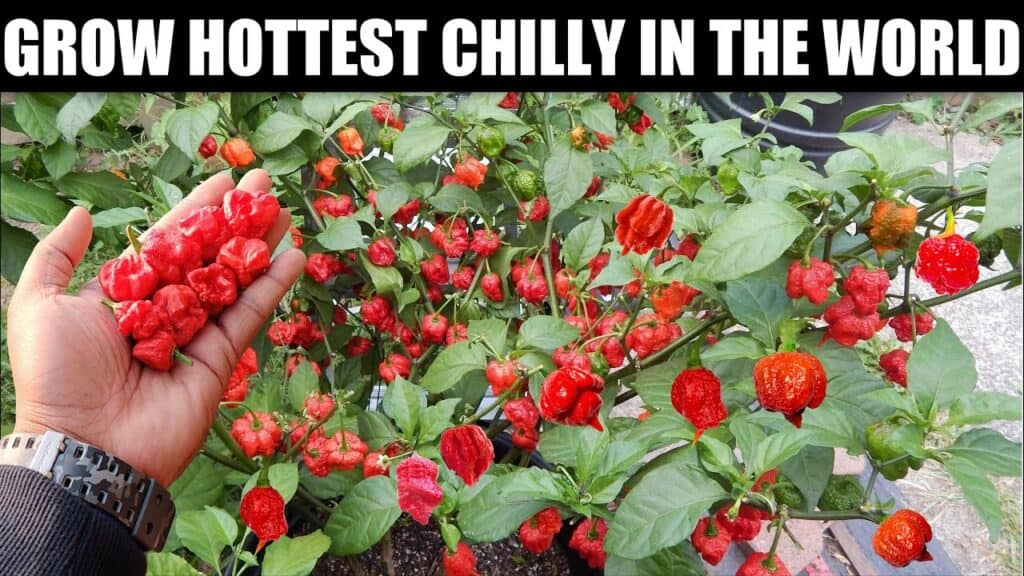
Are you ready to take on the heat? The Carolina Reaper, known as the world’s hottest pepper, is not only a fiery addition to your meals but also an exciting plant to grow in your own garden. In this guide, we’ll walk you through the entire process from seed to harvest, ensuring you enjoy every step of growing these spicy delights!
Table of Contents
- Introduction to the Carolina Reaper
- Importance of Quality Seeds
- Starting Your Seeds
- Germination Process
- Caring for Seedlings
- Transplanting Seedlings
- Feeding and Fertilizing
- Flowering Stage
- Watering and Maintenance
- Harvesting Your Peppers
- Understanding Pepper Lifespan
- FAQ: Common Questions about Growing Carolina Reapers
Introduction on How to Grow the World’s Hottest Pepper Carolina Reaper
The Carolina Reaper stands tall as the reigning champion of heat. With a Scoville rating exceeding 2 million, it’s not just a pepper; it’s an experience. Growing this fiery fruit is an adventure for any gardener, especially those who crave a challenge and love the thrill of spice.
Beyond its intense heat, the Carolina Reaper is an easy-to-grow plant that thrives under the right conditions. Whether you’re a seasoned gardener or just starting out, this pepper can flourish in your garden or on your balcony, provided it gets ample sunlight and water.
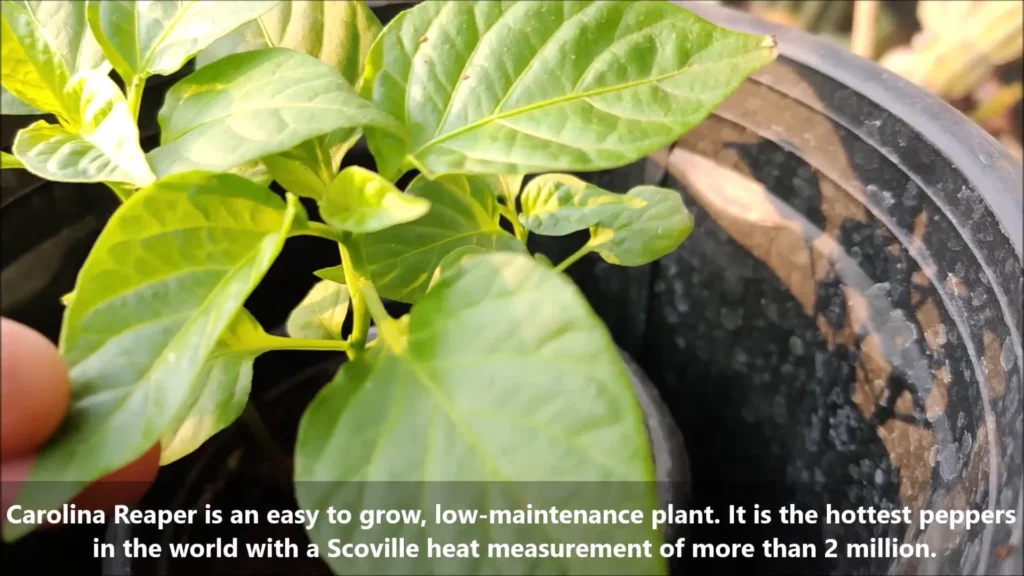
Importance of Quality Seeds
When it comes to growing the Carolina Reaper, starting with quality seeds is crucial. The difference between mediocre and exceptional plants often lies in the seeds. Quality seeds ensure vigorous growth and a better yield.
Always source your seeds from reputable suppliers. This not only guarantees their viability but also enhances your chances of cultivating the hottest peppers possible. Remember, the journey to growing the world’s hottest pepper begins with a single seed!
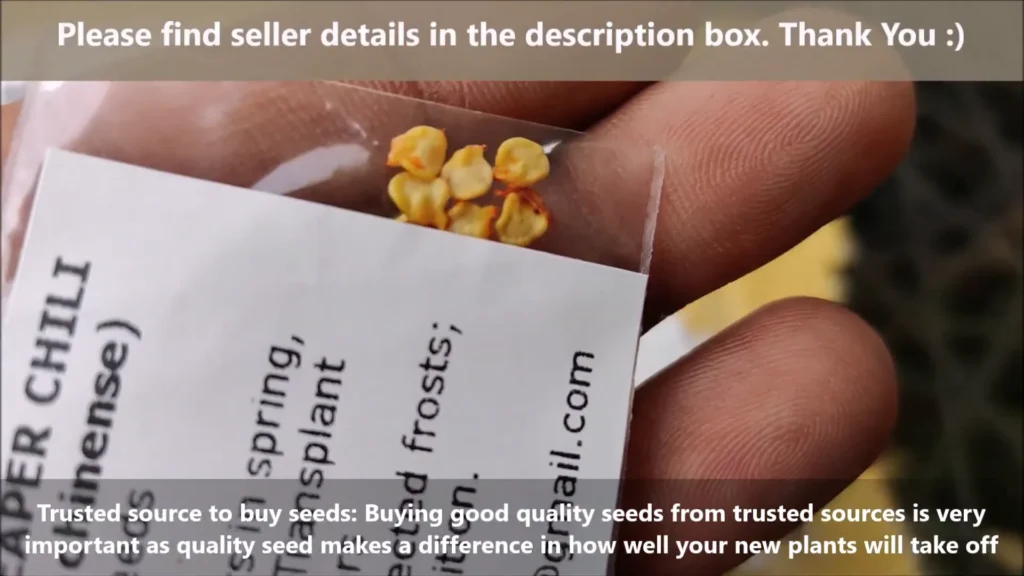
Starting Your Seeds
To kick off your pepper-growing journey, select a small pot with drainage holes. This is vital for preventing waterlogging, which can ruin your seedlings. Start by covering the holes with small stones to keep the soil in place while allowing excess water to escape.
Your choice of soil mix is equally important. You can use a seed starting mix or create your own by combining 50% garden soil, 30% compost, and 20% coco peat or peat moss. Fill the pot with this mix, breaking up any large clumps and pressing it down to eliminate air pockets.
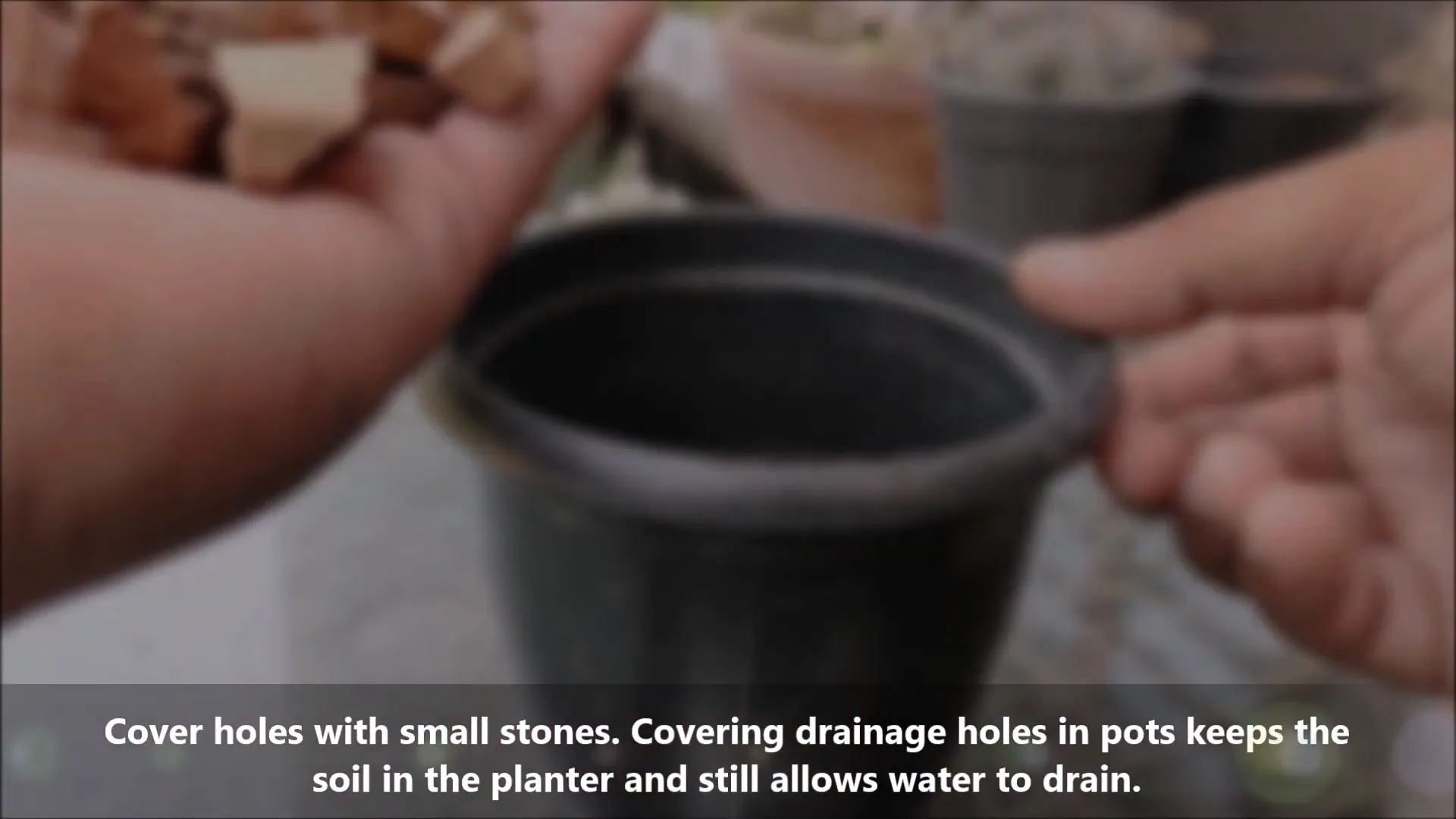
Germination Process
Once your soil is prepared, water it lightly before adding the seeds. Space the seeds about 1 to 2 inches apart on the surface. Cover them gently with more soil mix, ensuring good seed-to-soil contact by firming the soil down.
To maintain moisture, cover the pot with kitchen wrap. This will help create a humid environment, essential for germination. Typically, Carolina Reaper seeds will sprout within 10 to 15 days, depending on the conditions.
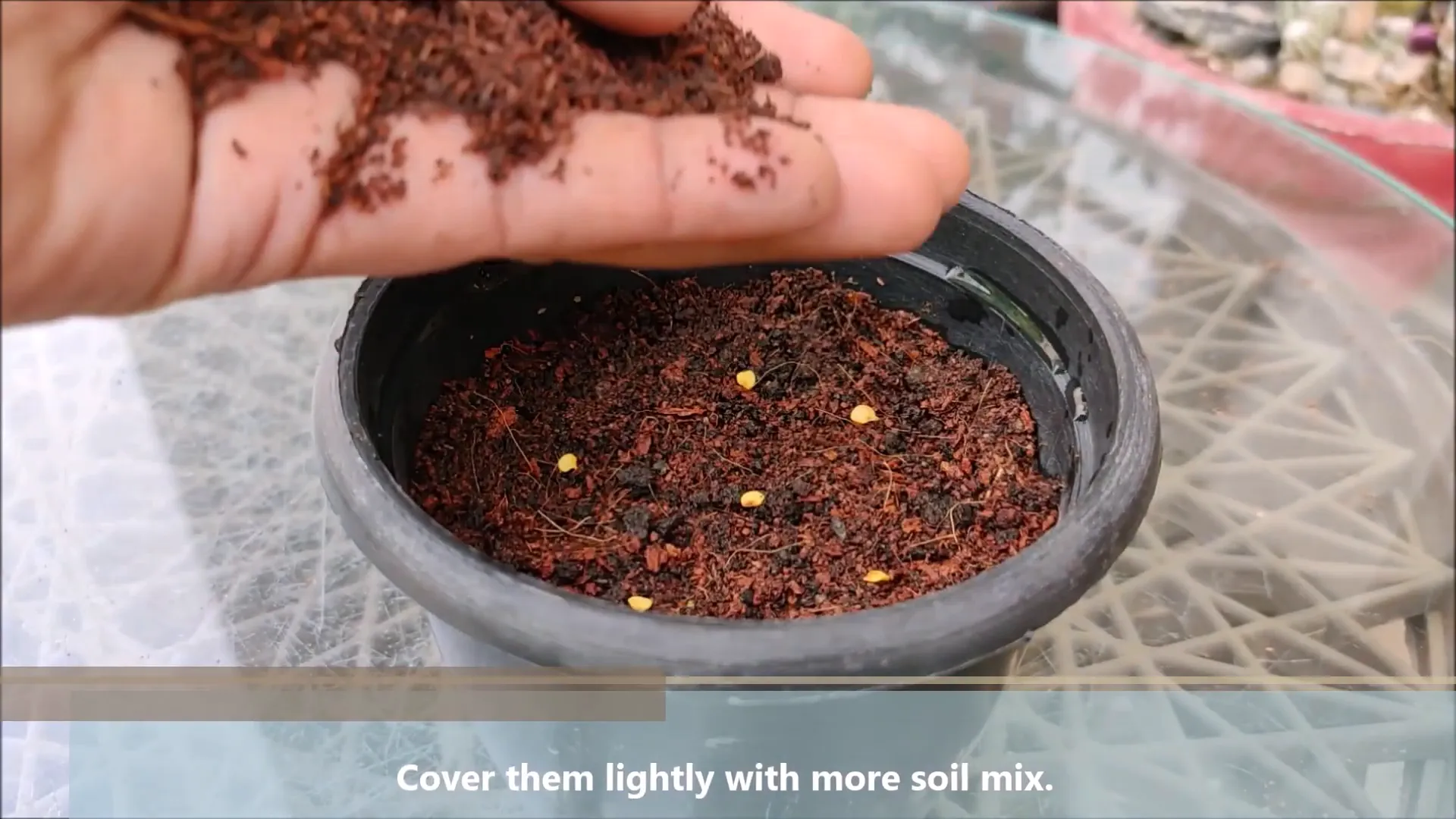
Caring for Seedlings
Once germination occurs, it’s important to monitor moisture levels. Check the soil with your fingers; if it feels dry, it’s time to water. Avoid letting the soil dry out completely, but also refrain from overwatering, as this can harm your seedlings.
As your seedlings grow, they will need protection from insects and extreme temperatures. Keeping them covered with kitchen wrap or placing them in a larger pot can help maintain humidity and protect them from harsh conditions.
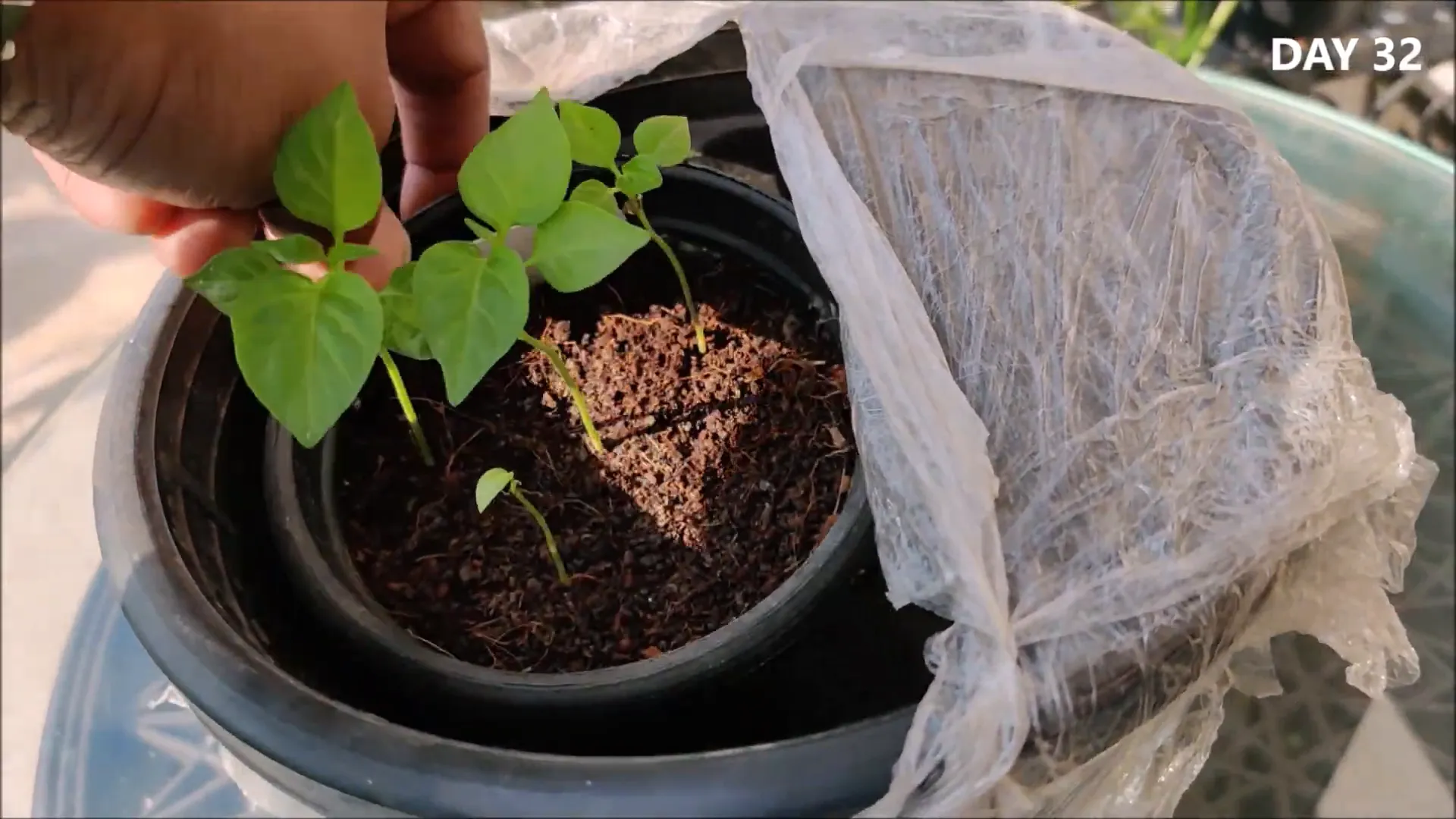
Transplanting Seedlings
When your seedlings reach about 3 to 5 inches tall and develop four to five true leaves, they are ready for transplanting. Choose a container that is 10 to 12 inches wide and deep to provide ample space for growth.
Be gentle while transplanting. Keep the stem at the same height as it was in its previous pot to prevent rot. After planting, ensure the soil is lightly compacted around the roots and water the seedling thoroughly.
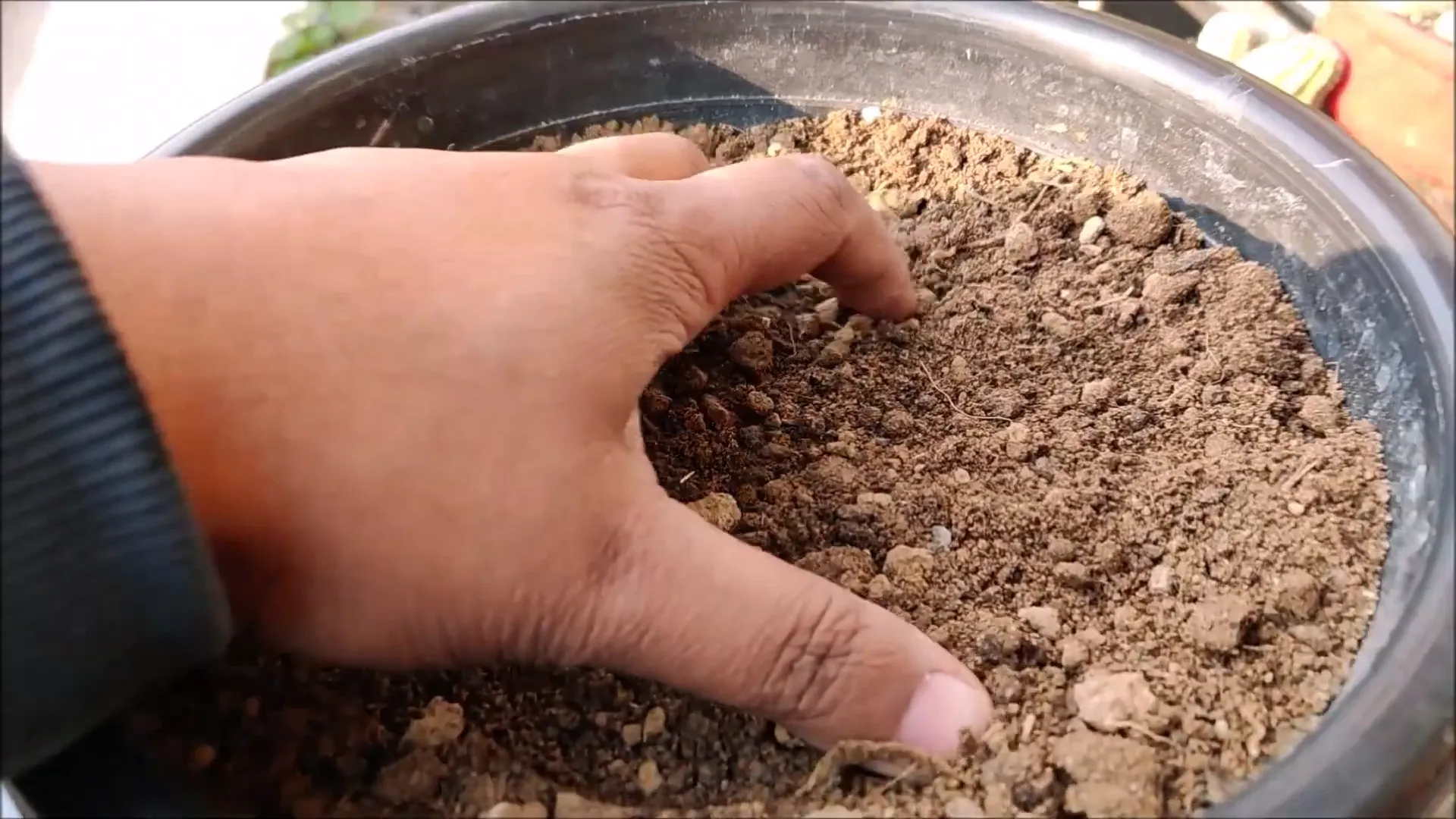
After transplanting, place the pot in partial sunlight for a few days while keeping the soil evenly moist. Once the seedlings are established, they will require regular fertilization to support their growth and development.
Top dressing with organic materials like kettle manure or leaf mold will promote robust growth. Always water immediately after applying fertilizer to activate it and prevent plant burn.
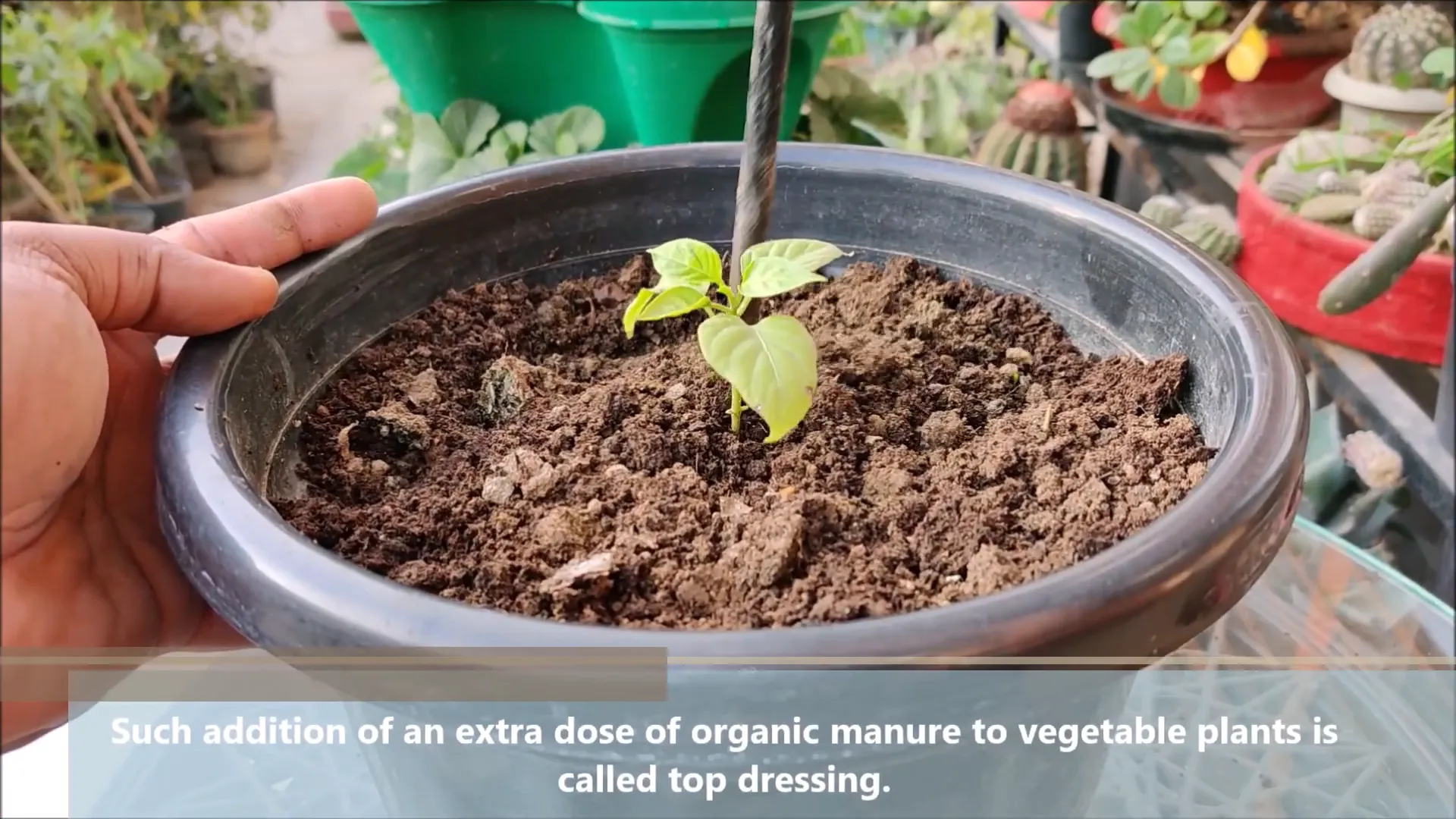
Feeding and Fertilizing
To ensure your Carolina Reaper thrives, regular feeding is essential. Once your seedlings are established, introduce them to organic fertilizers. Top dressing with materials like kettle manure or leaf mold is beneficial.
Spread a handful evenly over the soil surface and mix it into the soil. This process, known as top dressing, enhances nutrient availability and promotes healthy growth.
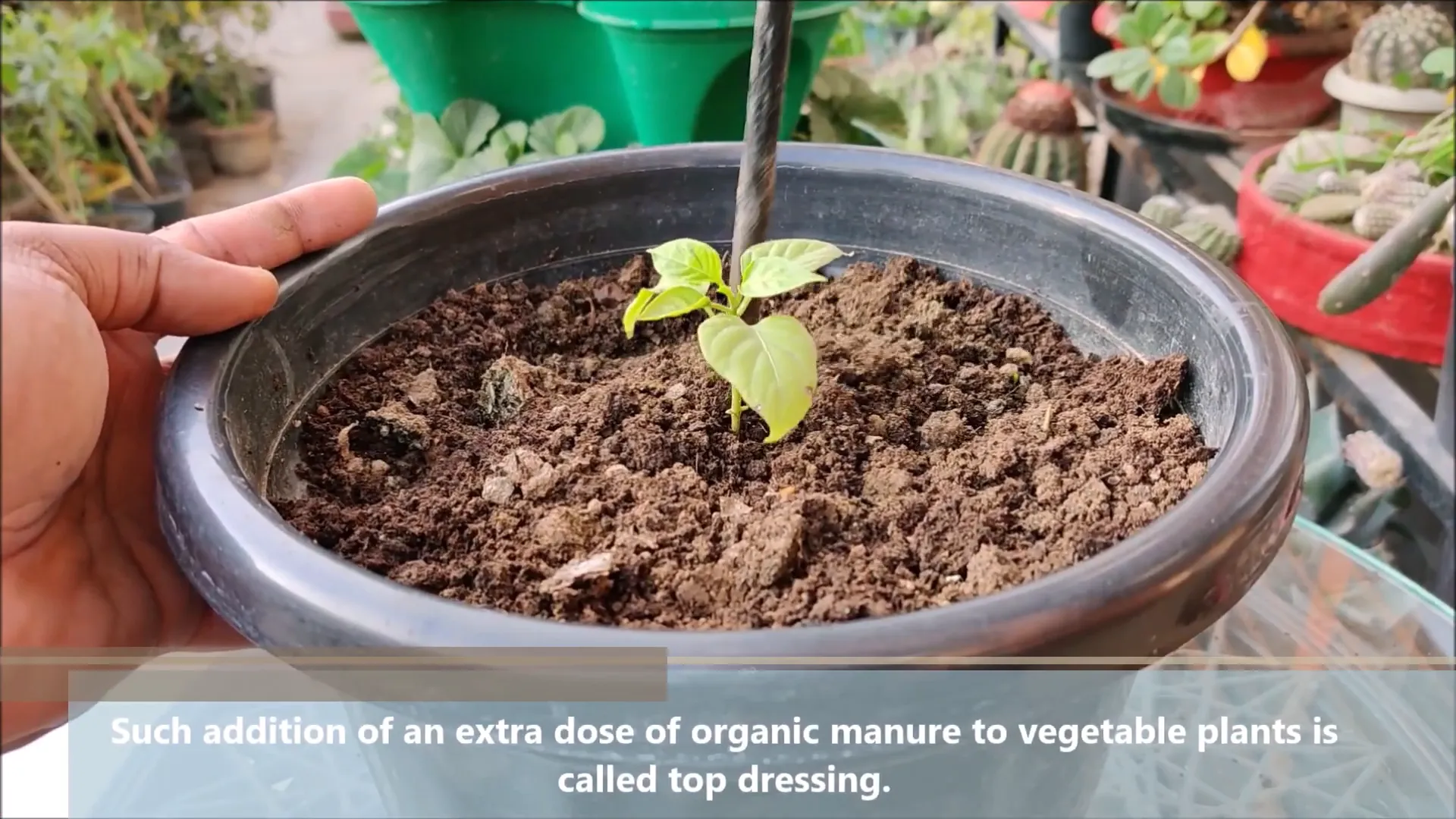
After applying fertilizer, water the plants immediately. This helps activate the nutrients and prevents any potential plant burn. Maintaining even moisture in the soil is key; it should be moist but not overly soggy.
For additional nourishment, use liquid fertilizers like fish emulsion or seaweed extract. Dilute 2 to 3 ml of seaweed extract per liter of water and apply 250 to 350 ml per plant every 15 to 18 days.

Flowering Stage
The flowering stage is a thrilling time in the growth of your Carolina Reaper. As the plant matures, you’ll notice numerous buds forming, which will blossom into delicate flowers. These flowers typically grow for about seven to eight days before falling off.
Once the flowers drop, you’ll see the beginnings of baby peppers, signaling that your hard work is paying off. Ensure your plants receive adequate water during this stage to prevent stress, as underwatering can lead to fruit drop.
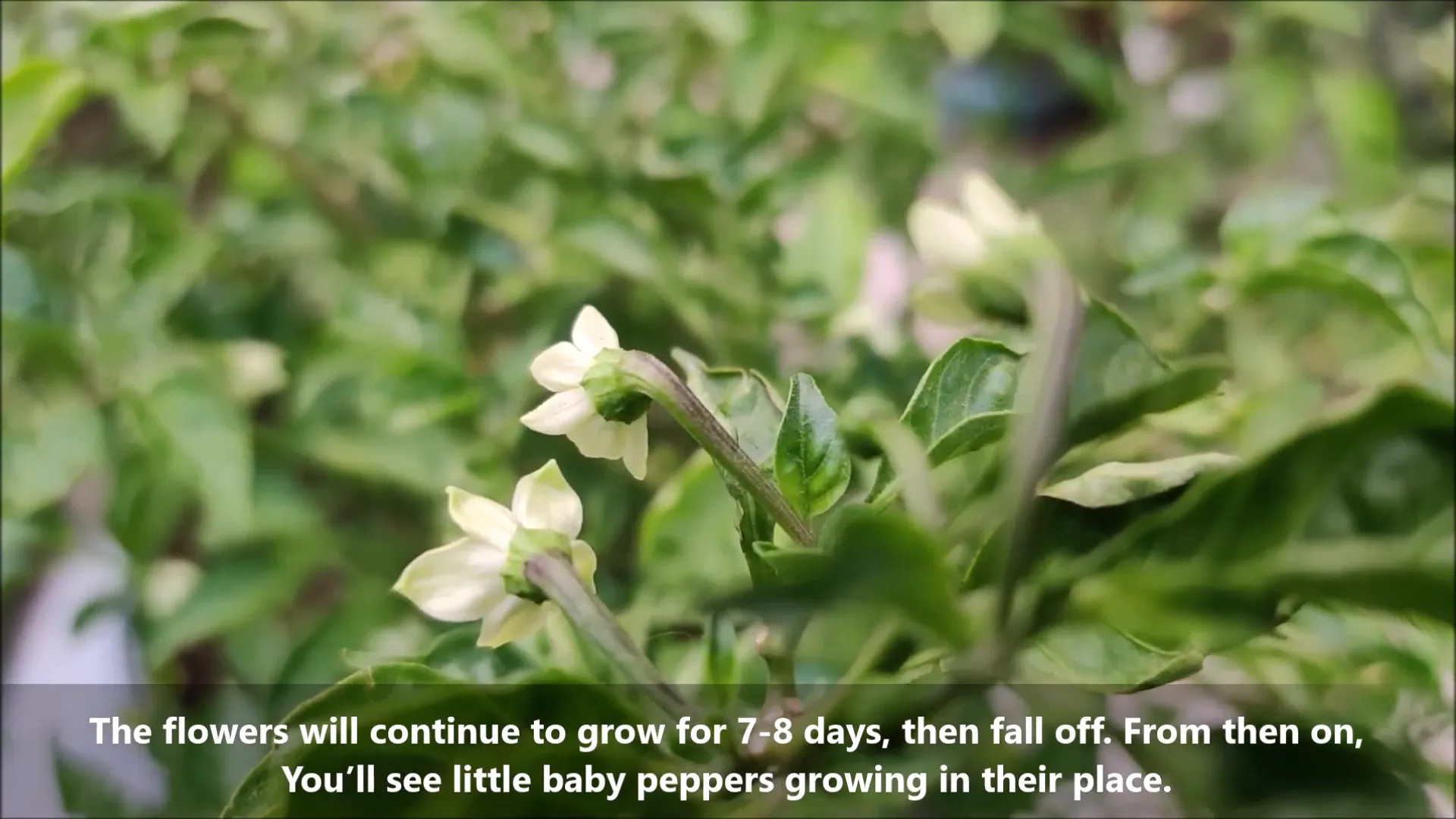
Watering and Maintenance
Watering your Carolina Reaper requires a balanced approach. Check the soil regularly; it should remain consistently moist but not waterlogged. If the surface appears dry, it’s time to water.
In hot climates, providing some afternoon shade can help prevent stress during peak sunlight hours. This is crucial, especially in mid-summer when temperatures soar.
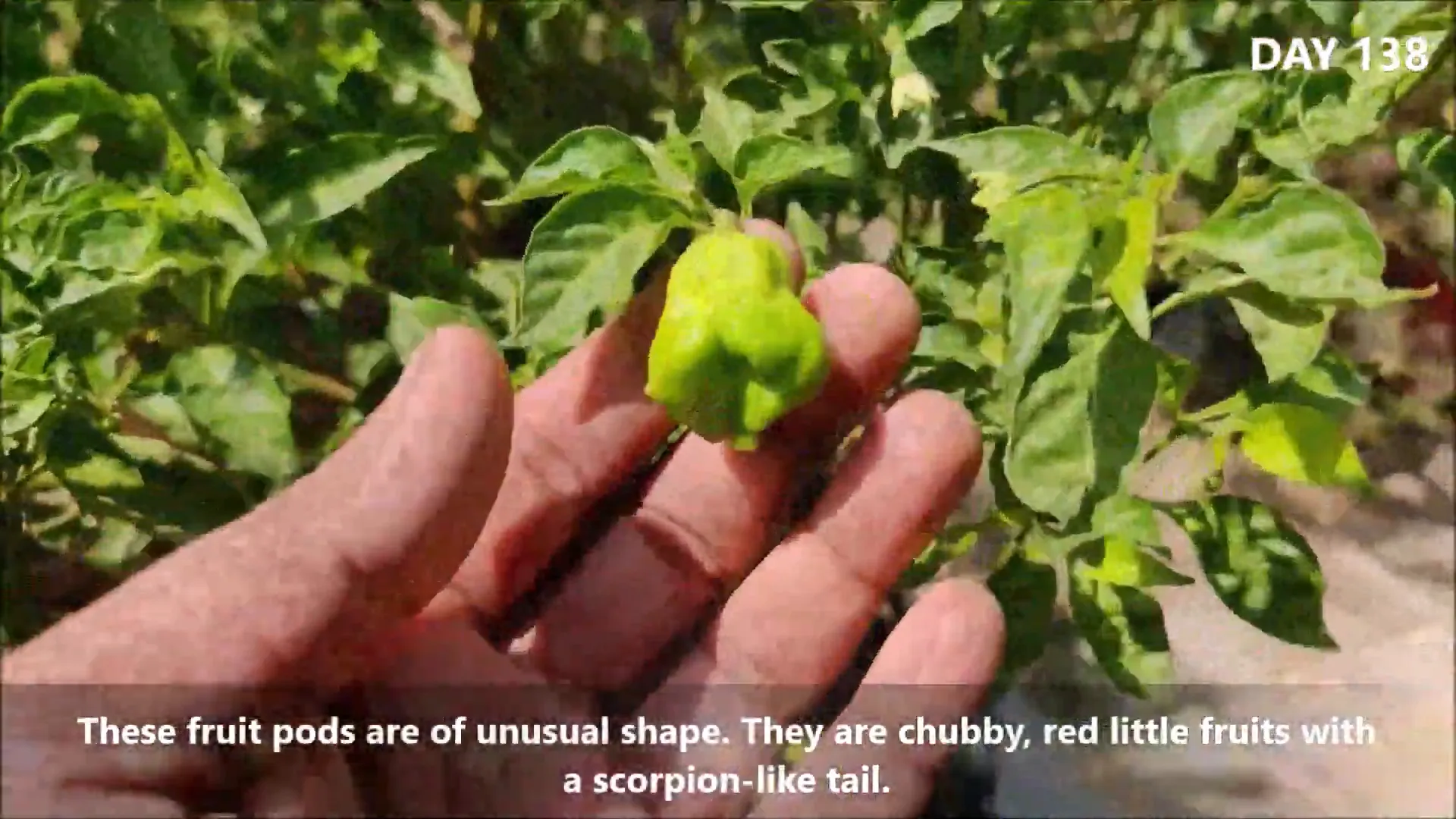
Pay attention to the shape of the peppers. They often have a distinctive scorpion-like tail and can exhibit various skin textures. As they mature, the color will transition from green to red, indicating ripeness.
Proper maintenance during this phase will ensure a bountiful harvest. The plants typically take 100 to 150 days to reach maturity post-transplanting.
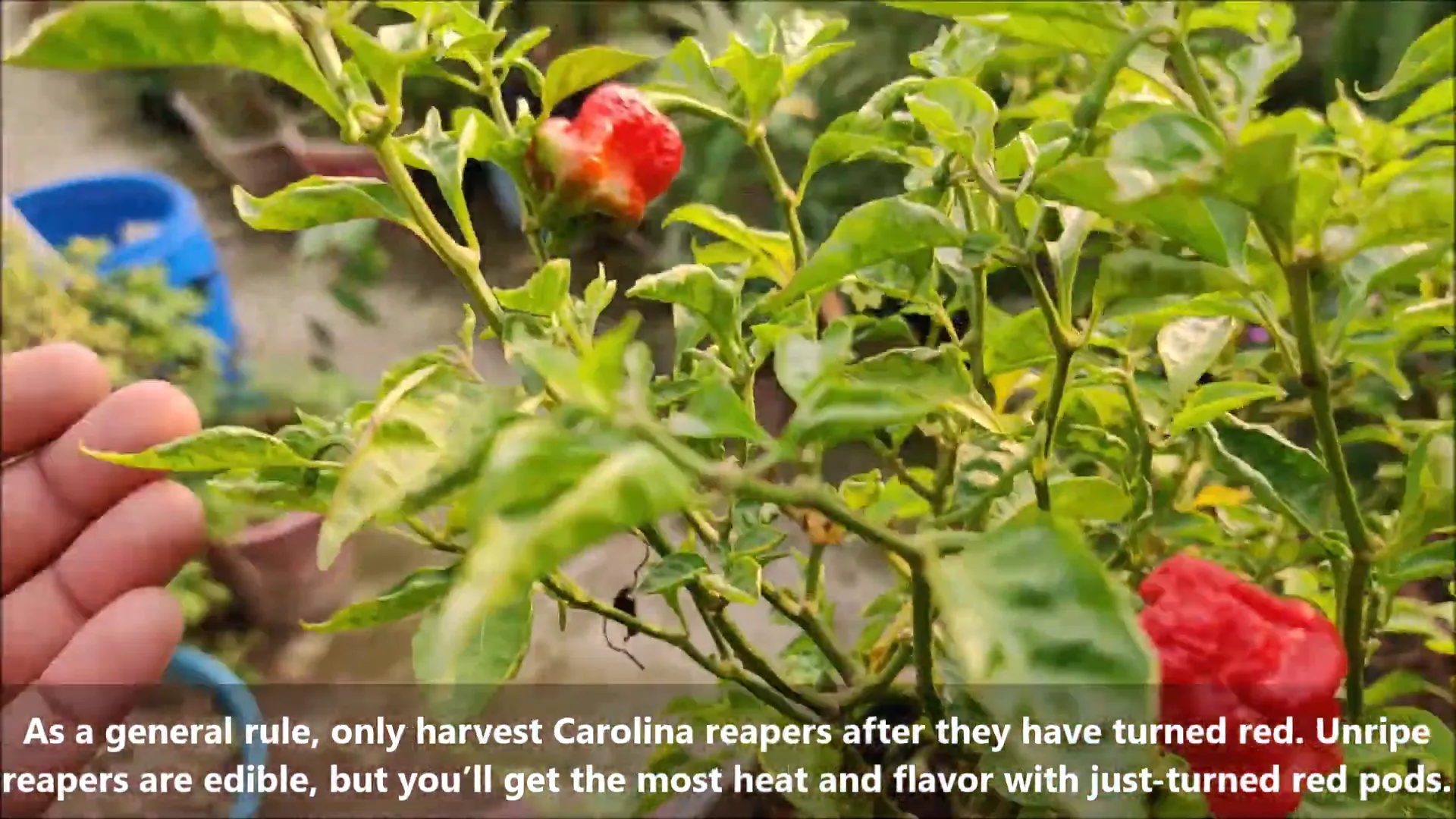
Harvesting Your Peppers
Harvesting your Carolina Reapers is an exciting milestone. Wait until the peppers turn bright red for maximum heat and flavor. Although you can pick them while green, the heat intensifies as they ripen.
Use shears or scissors to cut the peppers from the plant, ensuring you leave a small portion of the stem attached. This helps prevent skin damage, which can release the spicy juices and lead to burns.
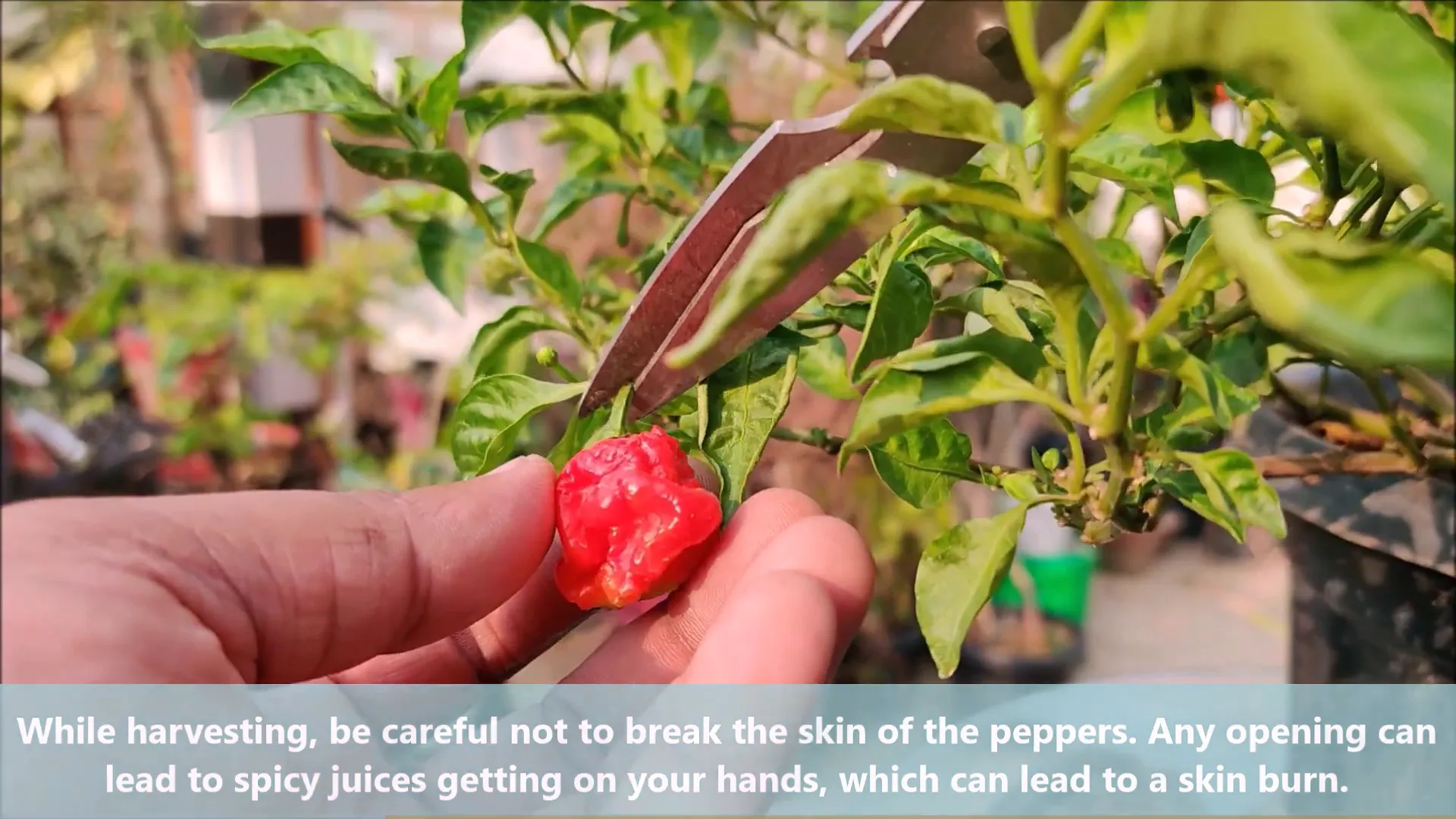
Be cautious while handling the peppers. The longer they stay on the plant, the hotter they become. A mature Carolina Reaper can yield between 20 to 30 chilies at any given time, with ideal conditions possibly producing up to 60 peppers in a season.
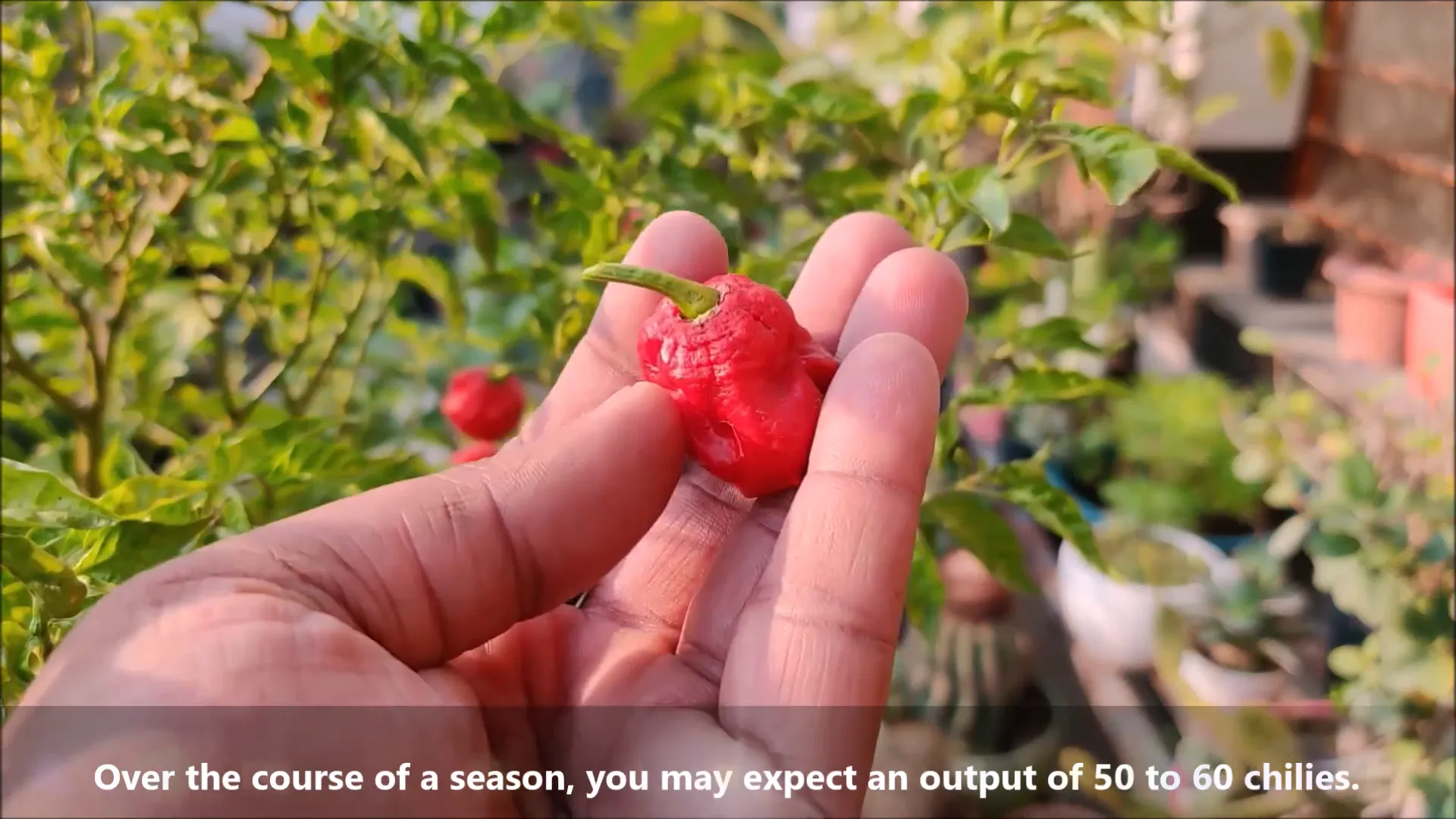
Understanding Pepper Lifespan
Carolina Reapers are perennial plants, meaning they can continue to grow and produce fruit for three to five years with proper care. This longevity makes them a worthwhile investment for any gardener craving spice.
To extend their lifespan, ensure consistent watering, fertilization, and protection from extreme weather conditions. With the right attention, these plants can provide you with a steady supply of the world’s hottest pepper for years to come.
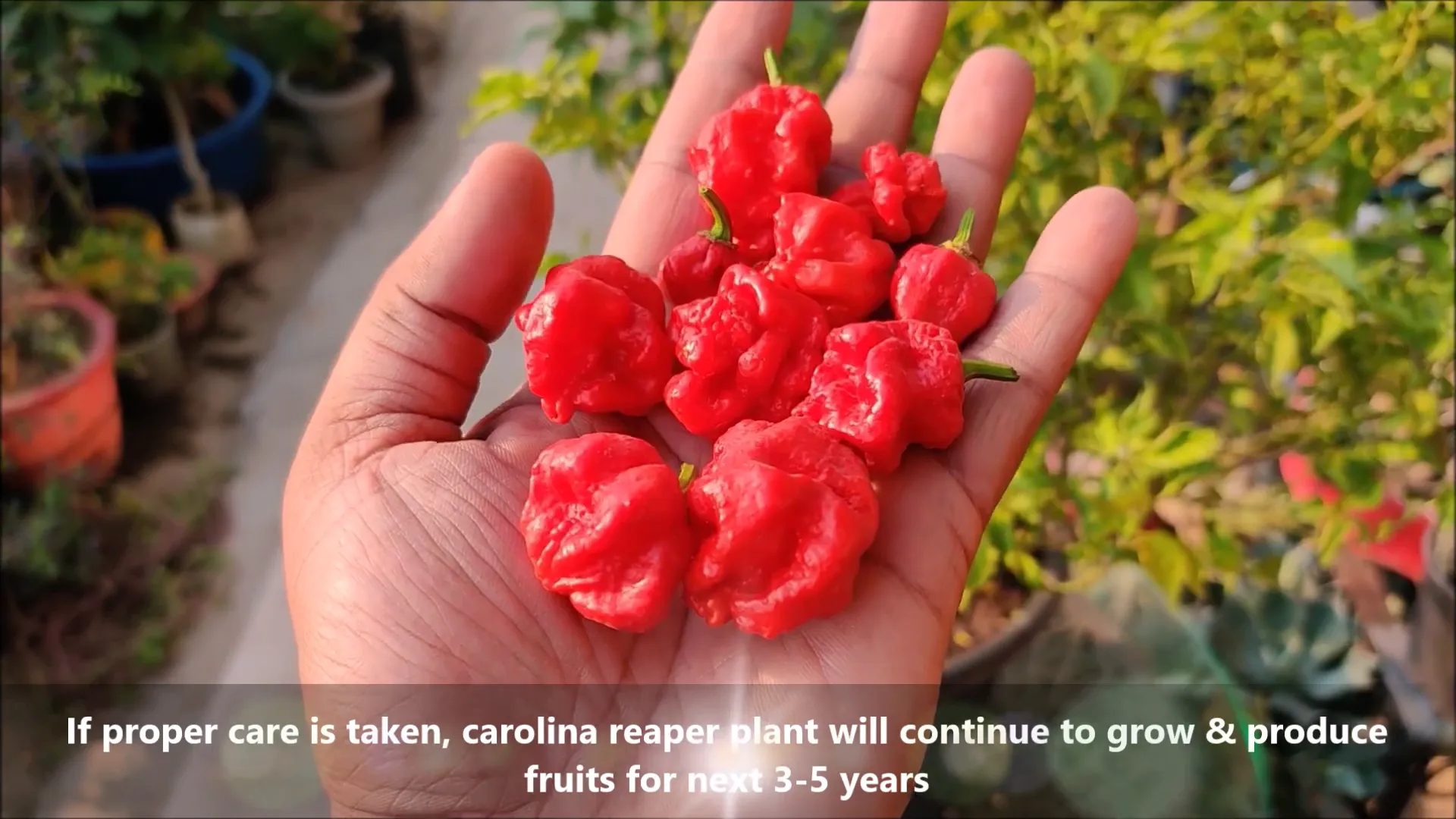
FAQ: Common Questions about Growing Carolina Reapers
- How much sunlight do Carolina Reapers need? These plants thrive in full sunlight, requiring at least 6-8 hours of direct sun each day.
- What temperature is best for growing Carolina Reapers? They prefer warm weather and can tolerate temperatures up to 32°C, but excessive heat can hinder their fruit production.
- When should I start harvesting my peppers? Wait until the peppers are bright red for optimal heat and flavor, although green peppers are also edible.
- Can I grow Carolina Reapers indoors? Yes, as long as they receive sufficient light and warmth, they can be successfully grown indoors.
Related Articles: How To Grow Bell Peppers: The Ultimate Guide from Seed to Harvest, How To Grow Chillies At Home: A Comprehensive Guide from Seed To Harvest
